Timers and Tickers: Delays and Repeating Tasks 6/10
Using time.Timer to Delay Execution When developing Go applications, you'll often need to delay the execution of certain operations. Maybe you're implementing a retry mechanism, a timeout, or simply scheduling a task to run after a specific duration. This is where Go's time.Timer comes into play. A time.Timer represents a single event in the future. It delivers the current time on a channel after a specified duration has elapsed. Let's look at the basic usage: package main import ( "fmt" "time" ) func main() { // Create a timer that will fire after 2 seconds timer := time.NewTimer(2 * time.Second) fmt.Println("Timer started at:", time.Now().Format("15:04:05")) // This blocks until the timer fires t := = 5 { // Stop the ticker when we're done with it ticker.Stop() break } } fmt.Println("Ticker stopped") } When you run this code, you'll see it prints a message every second for 5 seconds, then stops. The key difference from a timer is that a ticker's channel receives values repeatedly at regular intervals, not just once. Common Ticker Patterns Here are a few patterns you'll commonly use with tickers: 1. Using a For Loop and Channel As shown above, you can use a simple for loop to process ticker events: for {
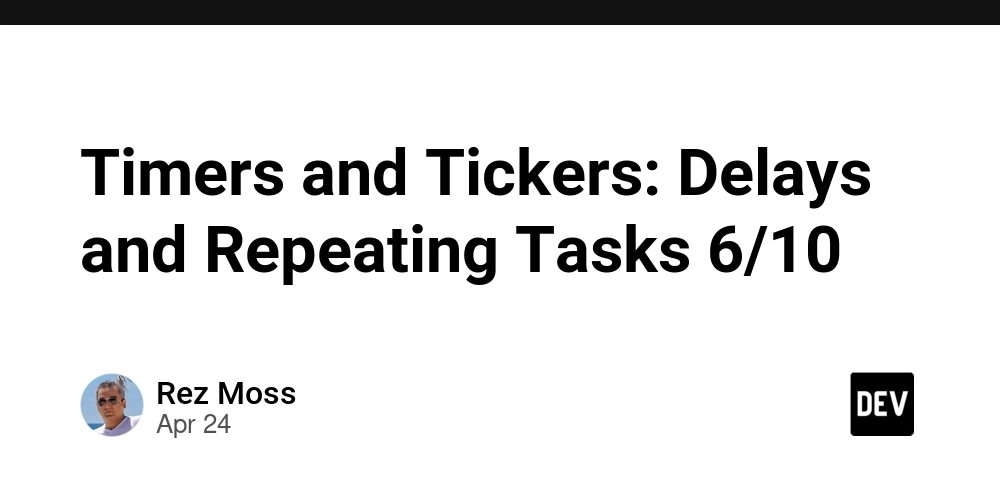
Using time.Timer to Delay Execution
When developing Go applications, you'll often need to delay the execution of certain operations. Maybe you're implementing a retry mechanism, a timeout, or simply scheduling a task to run after a specific duration. This is where Go's time.Timer comes into play.
A time.Timer represents a single event in the future. It delivers the current time on a channel after a specified duration has elapsed.
Let's look at the basic usage:
package main
import (
"fmt"
"time"
)
func main() {
// Create a timer that will fire after 2 seconds
timer := time.NewTimer(2 * time.Second)
fmt.Println("Timer started at:", time.Now().Format("15:04:05"))
// This blocks until the timer fires
t := <-timer.C
fmt.Println("Timer fired at:", t.Format("15:04:05"))
}
When you run this code, you'll notice a 2-second delay between the "Timer started" and "Timer fired" messages. The line t := <-timer.C is blocking - it waits until the timer's channel (C) receives a value, which happens after the specified duration.
There are actually a few different ways to use timers in Go:
1. Blocking Wait
As shown above, you can directly read from the timer's channel to block until the timer expires:
<-timer.C // Block until the timer fires
2. Select with Channels
Timers can be used in select statements to implement timeouts or to choose between multiple events:
select {
case data := <-dataChan:
// Process the data
case <-timer.C:
// Timer expired before data was received
fmt.Println("Operation timed out")
}
3. Using time.After()
For simple one-off delays, Go provides the convenient time.After() function which returns a channel that receives the current time after the specified duration:
select {
case data := <-dataChan:
// Process the data
case <-time.After(5 * time.Second):
// Timeout after 5 seconds
fmt.Println("Operation timed out")
}
The time.After() function is actually creating a new timer under the hood, but since it doesn't give you a reference to the timer, you can't cancel it. This makes it perfect for simple timeouts but less ideal for situations where you might need to cancel the timer.
4. Using time.Sleep()
For simple delays where you don't need channel operations, you can use time.Sleep():
fmt.Println("Starting to sleep")
time.Sleep(2 * time.Second)
fmt.Println("Woke up after 2 seconds")
However, time.Sleep() blocks the current goroutine entirely, while a timer allows you to use select to wait for either the timer or other events.
When to Use Timers
Timers are particularly useful when:
- You need to implement a timeout for an operation
- You want to schedule a task to run after a delay
- You need the ability to cancel or reset the delay
- You're working with channels and need to integrate time-based events
Using time.Ticker to Execute Periodic Tasks
While timers are great for one-time delayed execution, many applications require running tasks at regular intervals. Think of background health checks, metrics collection, or a polling mechanism that needs to run every few seconds. This is where time.Ticker proves invaluable.
A time.Ticker delivers "ticks" at regular intervals on a channel. Each tick represents a point in time.
Here's the basic usage:
package main
import (
"fmt"
"time"
)
func main() {
// Create a ticker that ticks every 1 second
ticker := time.NewTicker(1 * time.Second)
// Count the ticks
count := 0
// Run for a total of 5 ticks
for {
// Wait for the next tick
t := <-ticker.C
count++
fmt.Printf("Tick #%d at %s\n", count, t.Format("15:04:05"))
if count >= 5 {
// Stop the ticker when we're done with it
ticker.Stop()
break
}
}
fmt.Println("Ticker stopped")
}
When you run this code, you'll see it prints a message every second for 5 seconds, then stops. The key difference from a timer is that a ticker's channel receives values repeatedly at regular intervals, not just once.
Common Ticker Patterns
Here are a few patterns you'll commonly use with tickers:
1. Using a For Loop and Channel
As shown above, you can use a simple for loop to process ticker events:
for {
<-ticker.C
// Do something on each tick
}
2. Using Select with Other Channels
Tickers work great with select statements, allowing you to handle periodic events alongside other channel operations:
ticker := time.NewTicker(time.Second)
defer ticker.Stop()
for {
select {
case <-ticker.C:
// Do something every second
case data := <-dataChan:
// Process incoming data
case <-quitChan:
// Exit the loop
return
}
}
3. Using a Context for Cancellation
For more structured cancellation, you can combine tickers with Go's context package:
func periodicTask(ctx context.Context) {
ticker := time.NewTicker(1 * time.Second)
defer ticker.Stop()
for {
select {
case <-ticker.C:
// Do the periodic work
case <-ctx.Done():
// Context was cancelled, exit
return
}
}
}
4. Fixed Number of Ticks
If you need a specific number of ticks, you can count them as shown in the first example or use a different pattern:
ticker := time.NewTicker(time.Second)
defer ticker.Stop()
// Create a channel to signal completion
done := make(chan bool)
go func() {
for i := 0; i < 5; i++ {
<-ticker.C
fmt.Println("Tick", i+1)
}
done <- true
}()
// Wait for completion
<-done
Cautions When Using Tickers
There are a few things to keep in mind when working with tickers:
Resource Management: Always call
Stop()on your ticker when you're done with it to release resources.Tick Accuracy: Tickers are not perfect alarm clocks. The actual time between ticks may vary slightly, especially under system load.
Missed Ticks: If your code takes longer to execute than the ticker interval, you might miss ticks. The ticker doesn't queue up ticks if you're not ready to receive them.
Goroutine Leaks: Be careful not to leak goroutines that are processing ticker events. Always ensure there's a way to exit the processing loop.
Tickers are powerful tools for creating background tasks that run at regular intervals.
Stopping and Resetting Timers and Tickers (Stop(), Reset())
Managing the lifecycle of timers and tickers is essential for writing resource-efficient Go applications. Both time.Timer and time.Ticker provide methods to control their behavior during runtime, but there are important differences and potential pitfalls to be aware of.
Stopping Timers
When you no longer need a timer, you should stop it to release resources:
timer := time.NewTimer(5 * time.Second)
// ...
if !timer.Stop() {
// Timer already fired, drain the channel
<-timer.C
}
The Stop() method returns a boolean that tells you whether the timer was successfully stopped. If it returns false, it means the timer has already fired or was stopped previously. In this case, you might need to drain the channel to avoid goroutine leaks, but only if you're sure the channel hasn't been received from elsewhere.
Resetting Timers
Sometimes you need to change when a timer will fire. The Reset() method allows you to change the timer's duration:
timer := time.NewTimer(5 * time.Second)
// ...
// Reset the timer to fire after 2 seconds instead
if !timer.Stop() {
// Timer already fired, drain the channel
select {
case <-timer.C:
// Drained the channel
default:
// Channel was already drained
}
}
timer.Reset(2 * time.Second)
The pattern above is important. Before calling Reset(), you should attempt to stop the timer and drain its channel if necessary. This ensures the timer is in a known state before resetting it.
A Cleaner Reset Pattern
Since Go 1.15, a cleaner way to reset a timer is available:
timer := time.NewTimer(5 * time.Second)
// ...
// Reset the timer
timer.Reset(2 * time.Second)
The Go 1.15+ documentation states that it's safe to call Reset() on an active timer, but it's still important to be careful when multiple goroutines are involved.
Stopping Tickers
Stopping a ticker is more straightforward than stopping a timer:
ticker := time.NewTicker(time.Second)
// ...
ticker.Stop()
Once stopped, a ticker won't send any more values on its channel. Unlike timers, you don't need to check the return value of Stop() or drain the channel.
Restarting Tickers
Interestingly, unlike timers, tickers don't have a Reset() method (as of Go 1.17). If you need to change a ticker's interval, you need to stop the current ticker and create a new one:
ticker := time.NewTicker(time.Second)
// ...
// Change the ticker interval
ticker.Stop()
ticker = time.NewTicker(2 * time.Second)
Common Pitfalls
When working with timers and tickers, watch out for these common issues:
1. Forgetting to Stop Timers and Tickers
Always stop timers and tickers when they're no longer needed to avoid resource leaks:
ticker := time.NewTicker(time.Second)
defer ticker.Stop() // Good practice to ensure the ticker is stopped
2. Incorrect Reset Patterns
Be careful when resetting timers, especially in concurrent code:
// Potentially problematic in concurrent code
timer.Stop()
timer.Reset(newDuration)
This pattern can be problematic if another goroutine is reading from timer.C. The correct pattern depends on your specific concurrency model.
3. Draining Timer Channels
When stopping timers, be cautious about draining channels:
if !timer.Stop() {
select {
case <-timer.C:
// Drain the channel
default:
// Channel was already drained
}
}
This non-blocking select ensures you don't deadlock if the channel was already drained.
4. Using After() without Cancellation
Remember that time.After() creates a timer that you can't cancel. For longer timeouts, this can waste resources:
// Potentially wasteful for long timeouts
select {
case <-time.After(24 * time.Hour):
// ...
}
For long timeouts, prefer explicitly created timers that you can stop when no longer needed.
Choosing Between Timer and Ticker for Different Use Cases
Selecting the right tool for the job is a fundamental aspect of good software design. When it comes to handling time-based operations in Go, understanding whether to use a Timer or a Ticker can significantly impact your application's behavior and resource efficiency.
When to Use time.Timer
Timers are designed for one-time, delayed execution and are ideal for the following scenarios:
1. Implementing Timeouts
One of the most common use cases for timers is implementing timeouts for operations that might otherwise block indefinitely:
func fetchWithTimeout(url string, timeout time.Duration) ([]byte, error) {
timer := time.NewTimer(timeout)
defer timer.Stop()
respCh := make(chan []byte)
errCh := make(chan error)
go func() {
resp, err := http.Get(url)
if err != nil {
errCh <- err
return
}
defer resp.Body.Close()
data, err := io.ReadAll(resp.Body)
if err != nil {
errCh <- err
return
}
respCh <- data
}()
select {
case data := <-respCh:
return data, nil
case err := <-errCh:
return nil, err
case <-timer.C:
return nil, fmt.Errorf("request timed out after %v", timeout)
}
}
2. Retry Mechanisms
Timers work well for implementing retry logic with exponential backoff:
func retryOperation(operation func() error, maxRetries int) error {
var err error
for retry := 0; retry < maxRetries; retry++ {
err = operation()
if err == nil {
return nil
}
// Exponential backoff: 100ms, 200ms, 400ms, etc.
backoff := time.Duration(100 * math.Pow(2, float64(retry))) * time.Millisecond
timer := time.NewTimer(backoff)
select {
case <-timer.C:
// Time to retry
}
timer.Stop()
}
return fmt.Errorf("operation failed after %d retries: %v", maxRetries, err)
}
3. Delayed Tasks
When you need to schedule a task to run after a specific delay:
func scheduleTask(task func(), delay time.Duration) {
timer := time.NewTimer(delay)
go func() {
<-timer.C
task()
timer.Stop()
}()
}
When to Use time.Ticker
Tickers are best for recurring, periodic tasks:
1. Heartbeats and Health Checks
Tickers are perfect for implementing regular heartbeat mechanisms:
func startHeartbeat(heartbeatFn func(), interval time.Duration, stopCh <-chan struct{}) {
ticker := time.NewTicker(interval)
defer ticker.Stop()
for {
select {
case <-ticker.C:
heartbeatFn()
case <-stopCh:
return
}
}
}
2. Metrics Collection
When you need to gather metrics at regular intervals:
func collectMetrics(interval time.Duration, metrics chan<- SystemMetrics) {
ticker := time.NewTicker(interval)
defer ticker.Stop()
for {
select {
case <-ticker.C:
cpuUsage := getCPUUsage()
memUsage := getMemoryUsage()
metrics <- SystemMetrics{
Timestamp: time.Now(),
CPU: cpuUsage,
Memory: memUsage,
}
}
}
}
3. Rate Limiting
Tickers can implement simple rate limiting:
func rateLimitedWorker(jobs <-chan Job, results chan<- Result, rate int) {
// Process at most 'rate' jobs per second
ticker := time.NewTicker(time.Second / time.Duration(rate))
defer ticker.Stop()
for job := range jobs {
<-ticker.C // Wait for tick
result := processJob(job)
results <- result
}
}
Hybrid Approaches
Sometimes, you'll need a combination of both timers and tickers:
Watchdog Pattern
A watchdog that monitors progress and times out if no progress is made within a certain interval:
func watchdog(progressCh <-chan Progress, timeout time.Duration) error {
timer := time.NewTimer(timeout)
defer timer.Stop()
for {
select {
case progress := <-progressCh:
// Reset the timer on progress
if !timer.Stop() {
<-timer.C
}
timer.Reset(timeout)
if progress.IsComplete {
return nil
}
case <-timer.C:
return fmt.Errorf("watchdog timeout: no progress in %v", timeout)
}
}
}
Timed Retries with Backoff
Implementing retries with both timeouts and backoff:
func timedRetry(operation func() (Result, error), retryPolicy RetryPolicy) (Result, error) {
var result Result
var err error
for attempt := 0; attempt < retryPolicy.MaxRetries; attempt++ {
// Create a timer for this attempt
timer := time.NewTimer(retryPolicy.PerAttemptTimeout)
resultCh := make(chan Result, 1)
errCh := make(chan error, 1)
go func() {
res, e := operation()
if e != nil {
errCh <- e
return
}
resultCh <- res
}()
select {
case result = <-resultCh:
timer.Stop()
return result, nil
case err = <-errCh:
timer.Stop()
// Calculate backoff for next attempt
if attempt < retryPolicy.MaxRetries-1 {
backoff := retryPolicy.BaseBackoff * time.Duration(math.Pow(2, float64(attempt)))
time.Sleep(backoff)
}
case <-timer.C:
err = fmt.Errorf("attempt %d timed out after %v", attempt+1, retryPolicy.PerAttemptTimeout)
}
}
return result, fmt.Errorf("all %d retry attempts failed: %v", retryPolicy.MaxRetries, err)
}
Decision Matrix
Here's a quick reference to help you decide between Timer and Ticker:
| Use Case | Timer | Ticker |
|---|---|---|
| One-time delayed execution | ✅ | ❌ |
| Regular, periodic execution | ❌ | ✅ |
| Timeout implementation | ✅ | ❌ |
| Rate limiting | ⚠️ (for single ops) | ✅ (for streams) |
| Retry with backoff | ✅ | ❌ |
| Heartbeats | ❌ | ✅ |
| Cancelable wait | ✅ | ❌ |
Understanding the strengths and intended uses of each tool will help you write more efficient and maintainable Go code.
Internal Behavior of Timers in Go's Runtime
To truly master Go's timing mechanisms, it helps to understand what's happening under the hood. While the time.Timer and time.Ticker APIs seem straightforward, their implementation reveals interesting details about Go's concurrency model and runtime scheduler.
The Timer Heap
At its core, Go's runtime maintains a min-heap data structure of timers, often called the "timer heap". This heap is sorted by when each timer is scheduled to fire, with the nearest timer at the top of the heap.
// Simplified representation of Go's internal timer structure
type timer struct {
when int64 // Time when the timer should fire (in nanoseconds)
period int64 // For tickers, the period between ticks
f func(any, uintptr) // Function to call when timer fires
arg any // Argument to pass to the function
seq uintptr // Sequence number for debugging
// ... other fields
}
When you create a timer or ticker, the Go runtime adds it to this heap. The runtime periodically checks the heap to determine if any timers have expired and need to fire.
Timer Threads and Processors
In older versions of Go (before 1.14), the runtime used a dedicated timer thread to manage the timer heap. This thread would wake up when a timer needed to fire, execute the timer's callback, and then go back to sleep until the next timer was due.
Since Go 1.14, the timer management has been decentralized and integrated with Go's scheduler. Instead of a single timer thread, each processor (P) in Go's scheduler now has its own timer heap. This change significantly improved the performance and reduced contention in applications that make heavy use of timers.
P0 ---> Local Timer Heap
P1 ---> Local Timer Heap
P2 ---> Local Timer Heap
...
This design has several advantages:
- Less contention when many goroutines create timers
- Better locality as timers are often processed by the same P that created them
- More efficient handling of timer cancellation and rescheduling
What Happens When a Timer Fires
When a timer is due to fire, Go's runtime does the following:
- Removes the timer from the heap
- For ordinary timers, marks it as fired
- Executes the timer's callback function
- For tickers, reschedules the timer with the next firing time
In the case of time.Timer and time.Ticker, the callback function sends the current time on the timer's channel:
// Pseudocode for the timer callback
func timerCallback(c *time.Timer, seq uintptr) {
select {
case c.C <- time.Now():
// Successfully sent the time
default:
// Channel buffer is full (which means the previous tick wasn't processed)
// For timers, this means the channel is already closed
}
}
Timer Precision and Guarantees
It's important to understand that Go's timer mechanism doesn't provide hard real-time guarantees. The timer will never fire before its scheduled time, but it may fire slightly later depending on:
- The scheduler's load
- The operating system's timekeeping precision
- The system's load
In practical terms, this means:
- Timers scheduled for very short durations (e.g., < 1ms) may not be precise
- Under heavy load, timers might fire slightly later than scheduled
- Go's runtime batches timer processing for efficiency, which can add small delays
Memory and Performance Considerations
Each timer or ticker allocates memory and consumes runtime resources. Here are some key considerations:
Memory Usage
Each timer consumes approximately 40-64 bytes of memory (depending on the Go version and architecture). This might seem small, but can add up if you're creating thousands of timers.
Channel Buffering
Both time.Timer and time.Ticker use a channel with a buffer size of 1. This means:
- For timers, a single tick can be buffered if you haven't received from the channel yet
- For tickers, if you miss a tick, it's lost and the next tick will replace it in the buffer
Garbage Collection
Timers that are no longer referenced but weren't explicitly stopped will eventually be garbage collected. However, until GC runs, they continue to consume resources and may even fire.
Always explicitly stop timers and tickers when they're no longer needed:
func processWithTimeout(data []byte, timeout time.Duration) Result {
timer := time.NewTimer(timeout)
defer timer.Stop() // Ensure the timer is cleaned up
// ... process data ...
}
Advanced Usage: The runtime Package
For specialized applications, Go provides lower-level access to the timer mechanism through the runtime package. Functions like runtime.Gosched(), runtime.NumGoroutine(), and others can help you understand and optimize your application's behavior when working with many timers.
However, directly manipulating the runtime is rarely necessary and should be done with caution.
Best Practices for Time-Based Operations
Based on how Go's timer mechanism works internally, here are some best practices:
Reuse Timers: When possible, reuse timers with
Reset()rather than creating new onesClean Up: Always stop timers and tickers when they're no longer needed
Avoid Time.After for Long Durations: For timeouts longer than a few minutes, prefer explicit timers that can be canceled
Be Careful with Very Short Durations: Timers with sub-millisecond durations may not be precise
Consider Batching: If you need to create many timers with similar timeouts, consider batching them
Understand Channel Behavior: Remember that the channel buffer is only size 1, so non-consumed ticks are lost
Go's time package provides a powerful, flexible way to work with time-based operations through the Timer and Ticker types. Understanding their internal behavior helps you use them more effectively and efficiently in your applications.
Whether you're implementing timeouts, scheduling periodic tasks, or building complex time-dependent systems, the knowledge of how Go's timers work under the hood will help you write better code and avoid common pitfalls.
By knowing when to use a Timer versus a Ticker, how to properly manage their lifecycle with Stop() and Reset(), and the internal mechanisms that drive them, you can confidently implement robust time-based functionality in your Go applications.









































































































































































![[The AI Show Episode 144]: ChatGPT’s New Memory, Shopify CEO’s Leaked “AI First” Memo, Google Cloud Next Releases, o3 and o4-mini Coming Soon & Llama 4’s Rocky Launch](https://www.marketingaiinstitute.com/hubfs/ep%20144%20cover.png)
















































































































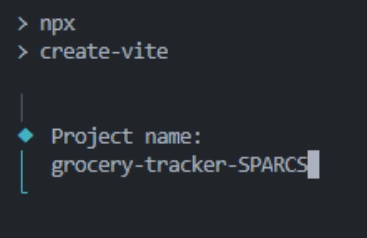
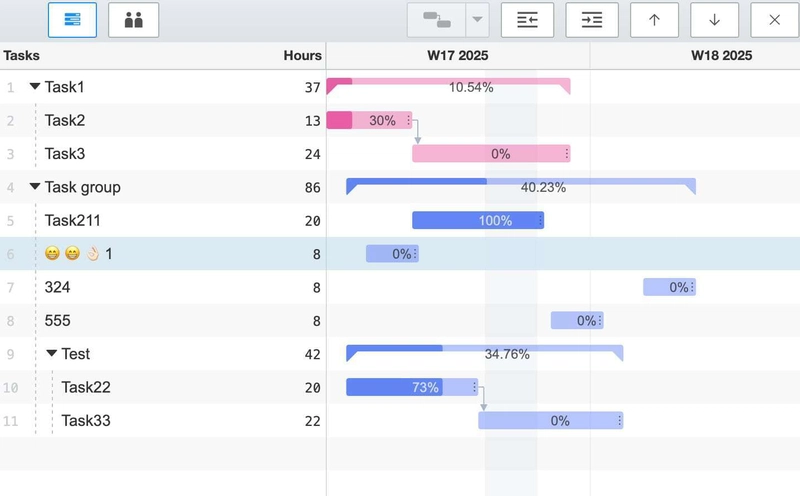
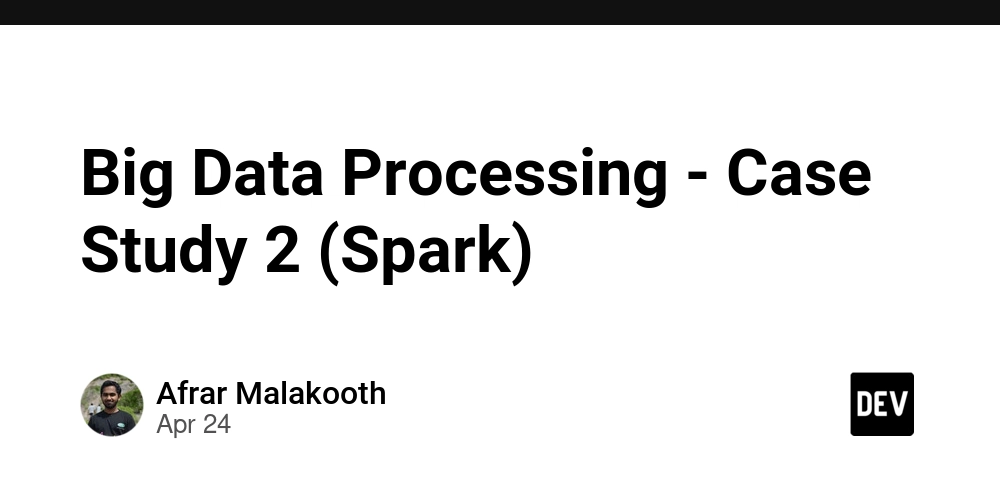






































![Is This Programming Paradigm New? [closed]](https://miro.medium.com/v2/resize:fit:1200/format:webp/1*nKR2930riHA4VC7dLwIuxA.gif)



























































































-Classic-Nintendo-GameCube-games-are-coming-to-Nintendo-Switch-2!-00-00-13.png?width=1920&height=1920&fit=bounds&quality=70&format=jpg&auto=webp#)























_Olekcii_Mach_Alamy.jpg?width=1280&auto=webp&quality=80&disable=upscale#)

























































































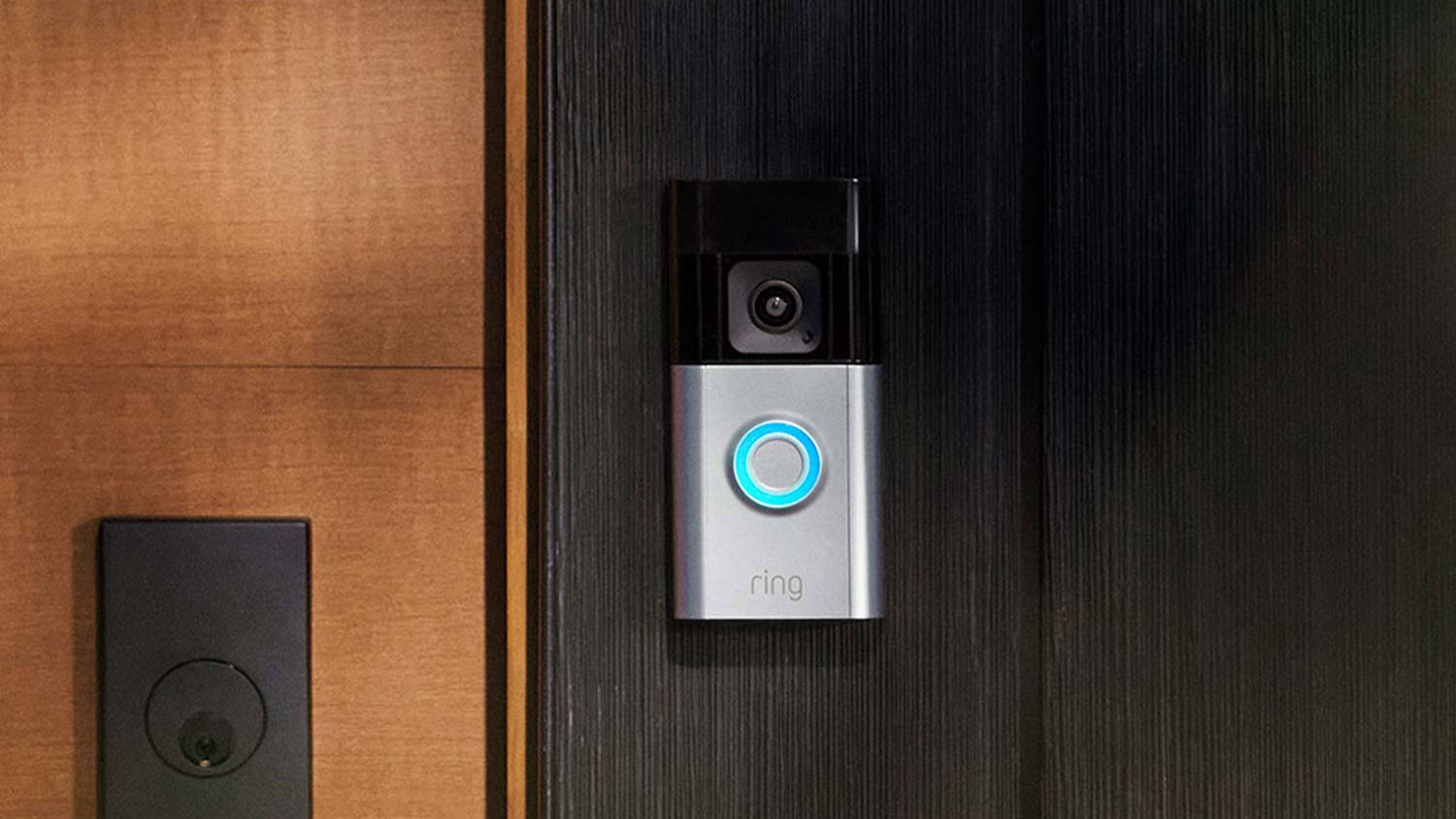





















![M4 MacBook Air Drops to New All-Time Low of $912 [Deal]](https://www.iclarified.com/images/news/97108/97108/97108-640.jpg)
![New iPhone 17 Dummy Models Surface in Black and White [Images]](https://www.iclarified.com/images/news/97106/97106/97106-640.jpg)









































































































































